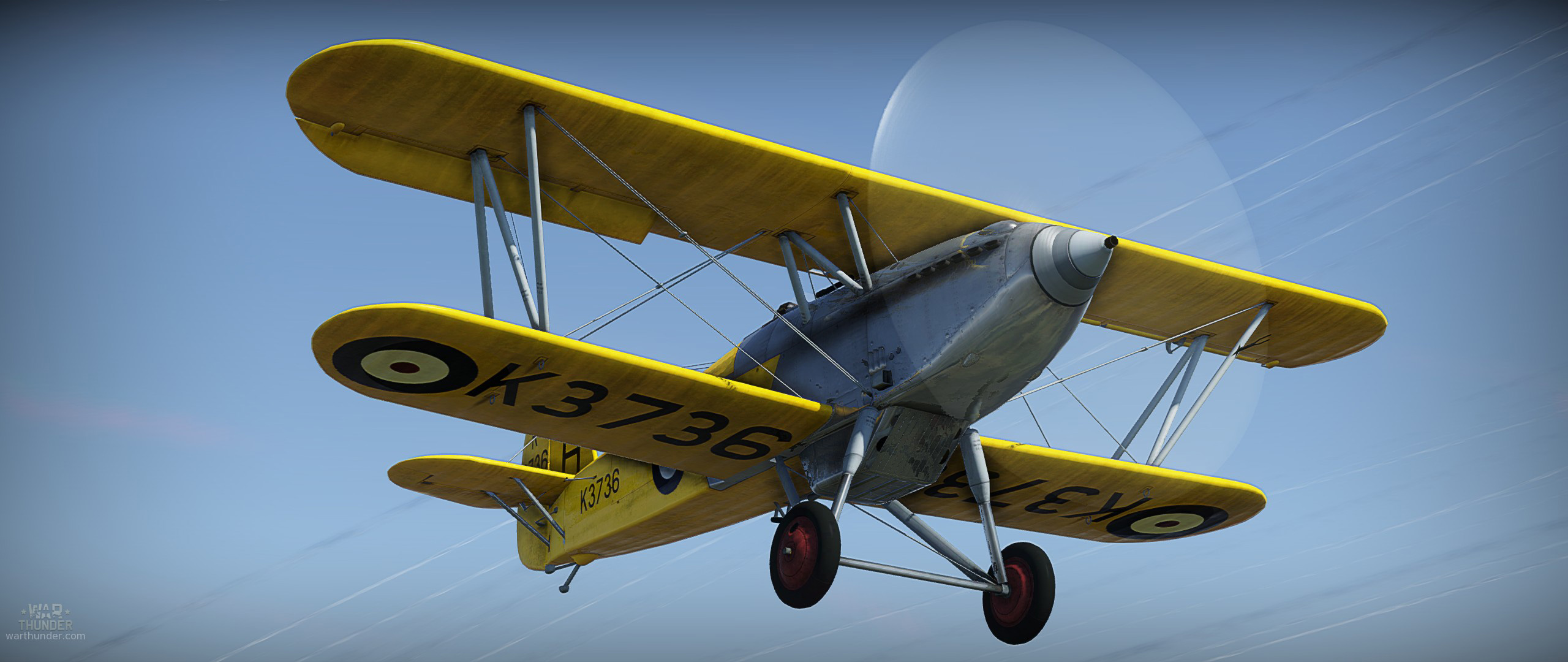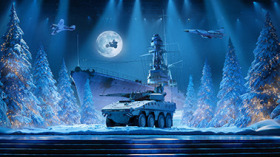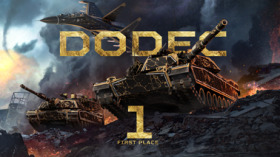
- For PC
- For MAC
- For Linux
- OS: Windows 10 (64 bit)
- Processor: Dual-Core 2.2 GHz
- Memory: 4GB
- Video Card: DirectX 11 level video card: AMD Radeon 77XX / NVIDIA GeForce GTX 660. The minimum supported resolution for the game is 720p.
- Network: Broadband Internet connection
- Hard Drive: 22.1 GB (Minimal client)
- OS: Windows 10/11 (64 bit)
- Processor: Intel Core i5 or Ryzen 5 3600 and better
- Memory: 16 GB and more
- Video Card: DirectX 11 level video card or higher and drivers: Nvidia GeForce 1060 and higher, Radeon RX 570 and higher
- Network: Broadband Internet connection
- Hard Drive: 62.2 GB (Full client)
- OS: Mac OS Big Sur 11.0 or newer
- Processor: Core i5, minimum 2.2GHz (Intel Xeon is not supported)
- Memory: 6 GB
- Video Card: Intel Iris Pro 5200 (Mac), or analog from AMD/Nvidia for Mac. Minimum supported resolution for the game is 720p with Metal support.
- Network: Broadband Internet connection
- Hard Drive: 22.1 GB (Minimal client)
- OS: Mac OS Big Sur 11.0 or newer
- Processor: Core i7 (Intel Xeon is not supported)
- Memory: 8 GB
- Video Card: Radeon Vega II or higher with Metal support.
- Network: Broadband Internet connection
- Hard Drive: 62.2 GB (Full client)
- OS: Most modern 64bit Linux distributions
- Processor: Dual-Core 2.4 GHz
- Memory: 4 GB
- Video Card: NVIDIA 660 with latest proprietary drivers (not older than 6 months) / similar AMD with latest proprietary drivers (not older than 6 months; the minimum supported resolution for the game is 720p) with Vulkan support.
- Network: Broadband Internet connection
- Hard Drive: 22.1 GB (Minimal client)
- OS: Ubuntu 20.04 64bit
- Processor: Intel Core i7
- Memory: 16 GB
- Video Card: NVIDIA 1060 with latest proprietary drivers (not older than 6 months) / similar AMD (Radeon RX 570) with latest proprietary drivers (not older than 6 months) with Vulkan support.
- Network: Broadband Internet connection
- Hard Drive: 62.2 GB (Full client)
Fury Mk.I Trainer, 5th Flying Training School, RAF Sealand, 1938.
camouflage created by Spogooter | Download here
The more mechanical becomes the weapons with which we fight,
the less mechanical must be the spirit which controls them.
Field Marshal Archibald P. Wavell
The Royal Flying Corps (RFC) was created by Royal Warrant over 100 years ago on the 13th of April, 1912 and established the following month in May.
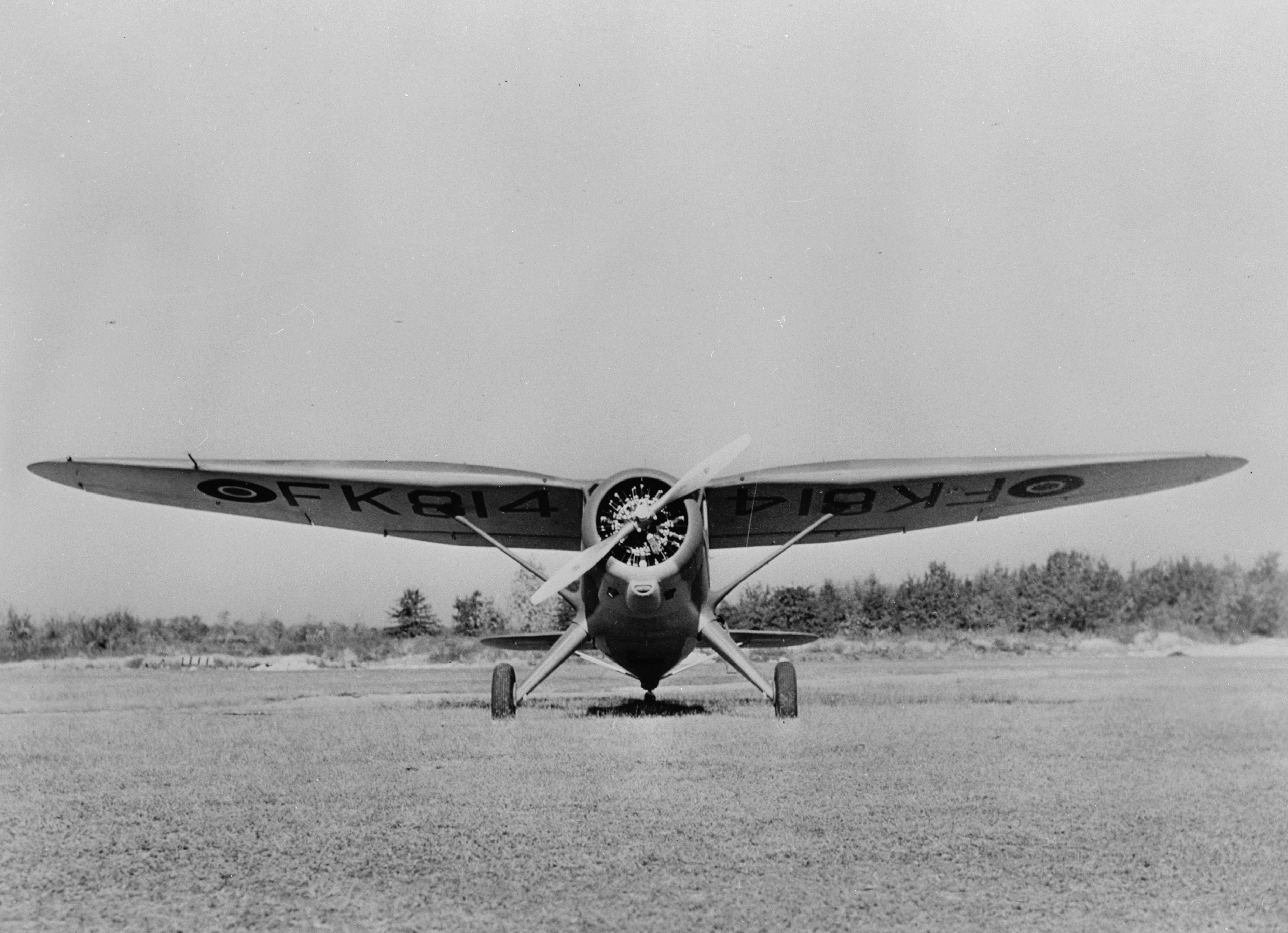 |
| Photo of the first Royal Air Force Vultee-Stinson Reliant Mk.1 |
The RFC can trace its origins back to the Royal Engineers and the early flying experiments undertaken by the Army from the 1870s, and by the Royal Navy from the 1900s.
These early pioneering days, demonstrated the potential for using balloons, kites, airships and finally aeroplanes for military purposes. This realisation, combined with the arguments put forward by civilian fans of flying at the time and the supposedly superior air forces of other European countries, persuaded the British Government that a flying corps was a necessity. As a result the RFC was established in 1912.
It consisted of a Military Wing, a Naval Wing and a Central Flying School. This small Corps, formed just nine years after the famous Wright Brothers' flight of 1903 would find itself at war in just two years. The First World War would see the first extensive and decisive use of air power.
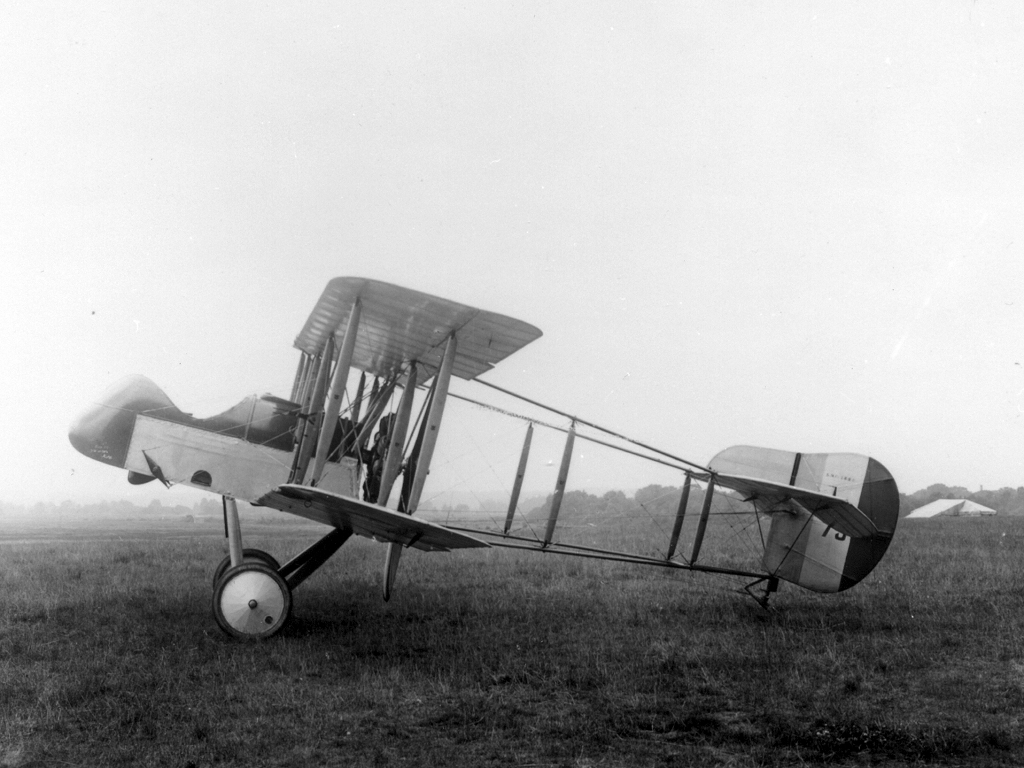 |
| Airco D.H.2 |
In 1914 the primary role of the aircraft and balloon was that of observation and reconnaissance but soon included artillery spotting to direct gunfire. Their function was to see "over hills" and provide ground based commanders with information on enemy troop and ship movements and deployments etc which could affect the fate of armies and fleets. The early aircraft were not armed although pilots and observers would carry pistols or rifles. Soon however, aircraft began to field machine guns mounted on the fuselage in operated by the crew. These “armed” aircraft attacked balloons, slow moving reconnaissance aircraft or those spotting for the artillery. To protect these vulnerable assets, escort aircraft accompanied them whose job it was to beat off attackers.
On the 1st of April, 1918 the Royal Air Force was born from the union of the Royal Naval Air Service and the Royal Flying Corps. Military aviation that had been forged in the fires of the First World War, was finally starting to demonstrate its value. What, at the time, were great leaps forward in technology, had shaped the war in the air.
Trenchard, the then Chief of the Air Staff (CAS), wrote in 1919:
"the whole Service was practically a war creation on a temporary basis, without any possibility of taking into account that it was going to remain on a permanent basis."
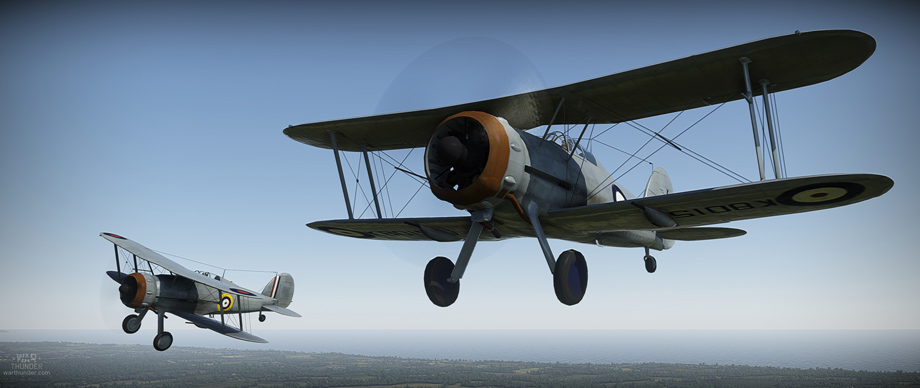 |
| Gladiator II F and Tuck's Gladiator |
During World War 2, the Royal Air Force was ””at its finest” in the truest sense of the words, they had little manpower to keep the Germans at bay, day after day, hour after hour they climbed into their cockpits and flew against all the odds, turning the tide with a selfless valour that kept Britain from being defeated. At the start of the war, Germany fielded over 4000 aircraft compared to Britain's frontline strength of 1660. By the time of the fall of France, the Luftwaffe had 3000 aircraft based in north-western Europe alone including 1400 bombers, 300 dive bombers, 800 single engine fighter planes and 240 twin engine attackers. At the start of the battle of Britain, the Luftwaffe had 2500 aircraft that were serviceable and daily, the Luftwaffe could put up over 1600 planes. The RAF had 1200 aircraft on the eve of the battle of Britain which included 800 Spitfires and Hurricanes - but only 660 of these were serviceable. British aircraft production was good but the weakness the RAF experienced was the fact that they lacked trained and experienced pilots.
Now, the Royal Air Force is the oldest Independent Air Force in existence and a force respected and loved by many. Since the early days of the Royal Air Force, the service has welcomed and valued warriors from many different nations, flown thousands of different aircraft from balloon to Jetfighter, been active in many different campaigns, participated in humanitarian missions, all with the motto from 1912:
Per ardua ad astra "Through adversity to the stars"
The War Thunder Team
"British Roundel Type A-1 used on fuselage sides & "British Roundel Type B" mainly used on upper surfaces of many aircraft until 1947
|
|
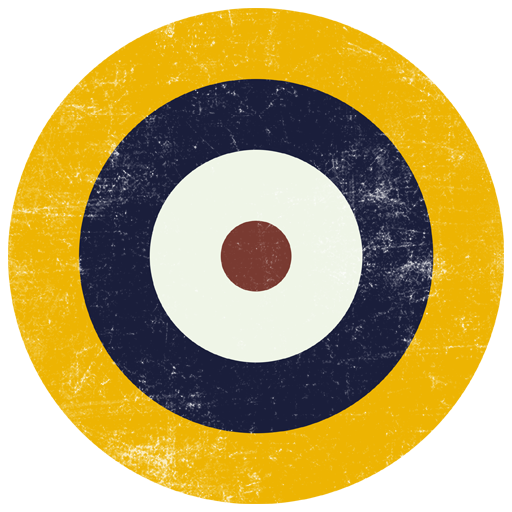 |
 |
